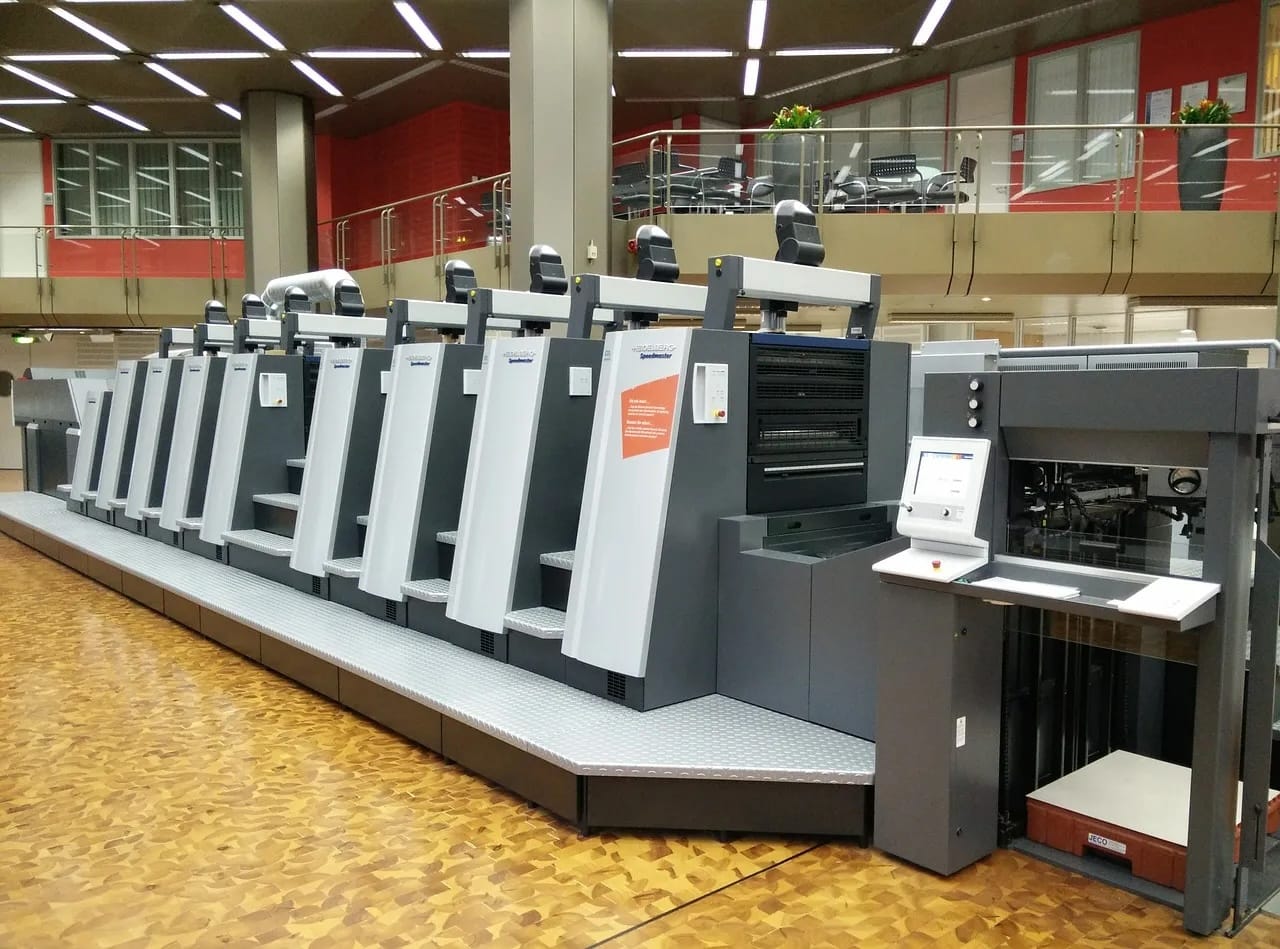Sustainability in Self-Publishing
Today, as this post goes live, it is April 22; Earth Day as observed since 1970 as part of a larger environmental movement. You can learn more about the specific details of Earth Day and how to get involved on their site. To celebrate Earth Day, let’s look at how print-on-demand is impacting sustainability efforts.
If you know a little about Lulu or read this blog regularly, you’ll know we hold ourselves to high standards when it comes to our impact. In recognition of Earth Day today, I’ll spend some time looking at how Lulu and self-publishing impact sustainability.
How Publishing Impacts the Planet
It may seem obvious—books are made of paper so the publishing industry must be impacting our forests. But in reality, bookmaking and selling impact the environment at four distinct stages.
1. Materials
This is where it all starts: the paper, ink, and glue used to make a book. Sadly, data and studies about these details are few and far between. A report from 2008 sponsored by the Book Industry Study Group (BISG) surveyed a variety of publishers and printers.
Their findings, which are summarized here by Ecolibris, concluded that material sourcing accounted for 67% of the industry’s total carbon output. To put that into perspective, just in the USA alone more than 32 million trees contribute to book printing every year. That works out to 626,000 tons of paper made into books each year.
2. Manufacturing
Turning the raw materials into books requires huge printers and a lot of energy.

The manufacturing process has its own impact on publishing’s carbon footprint, largely as a result of the power used to run the printers.
3. Transportation
Transporting the supplies to the printer, the finished books to the distributors, from the distributor to the bookstore, and oftentimes one more step to shipping the book to your door; the journey from material to the book leaves a large footprint.
This is largely carbon from trucks and other vehicles transporting the goods. While transportation is a contributing factor to publishing’s footprint, it’s also one with several means of affecting positive change.
4. Recycling
Strange that this would be a problem, right? But the fact is that traditional publishing produces a LOT more books than it sells. By some estimates, more than 30% of books printed are returned by the bookseller. And of those returned books, most will be pulped.
And with the mix of paper, glue, and ink, books can be a challenge to recycle. Here again, transportation and recycling create another round of carbon output caused indirectly by the book.
Are Ebooks Helping Sustainability Efforts?
In a word, no.
Of course, there is a perception that ebooks should be more sustainable. When you’re reading a printed book, the connection between felled trees and the paper in your book is fairly easy to make. But with an ereader there are a multitude of environmental factors that may not be apparent: precious metals for the device, energy consumption to keep the screen lit, and e-waste that piles up once your current model is outdated and needs replacing.
You can search the web all day for information about the sustainability of ebooks (trust me, I did) and find a variety of disparate information. The number of factors (reading habits, buying habits, library use, location, and on and on) is just too great to say definitively which kind of book is the most environmentally friendly.
But to look at ebooks as an earth-friendly solution to paper and ink consumption is a mistake. In fact, sustainability is rarely an either/or equation. As we continue to make efforts to minimize our carbon footprint and sustainability, the most likely solution for publishers, authors, and readers will be utilizing a combination of print and ebooks.

Create Your Book
Use Lulu's free templates to easily create and publish your book today.
Lulu, Print-On-Demand, and Sustainability
Print-on-demand creates substantially less waste than traditional offset printing. Only a very small percentage of print-on-demand books are returned for pulping. In fact, this trend toward on-demand products promises to reduce waste (leading to fewer raw materials harvested) across the board.
Here at Lulu, we even got certified as a B Corporation to measure our impact on the environment and help drive us to be even more conscious of our footprint. While profit margins will favor some books getting massive print runs, the long-term plan for most publishing has to shift to on-demand models.
Even when it comes to stocking a bookstore, it is more efficient to print and ship 3-5 copies of a book and replace them as they sell than to stock 100s without knowing if anyone wants to buy them. Research has shown that warehousing books is also a significant contributor to emissions. Another problem on-demand printing solves.
We’re all deeply conscious of the impact we’re having and continue to look for methods of ensuring books and stories are available to everyone while minimizing our footprint. This brings me to my final point for today; if we want to make sure books are available in sustainable ways, only buy books sparingly.
The Third Option: Libraries
To all the self-published authors reading this, I’m sorry for that last sentence. Because I know you’re working every day to convince readers to support you by buying a book.
Here’s the good news; readers can support you and make good use of their library!
For starters, many self-published books aren’t widely available in libraries. Traditionally published books are. So most readers can minimize their impact on the environment by reading library editions of the most popular new books.
That frees up their book-buying budget for the best self-published books!
Seriously though, libraries are a phenomenal resource. Borrowing/sharing books is a great way to minimize the need for even more copies of that book.

Your Free Lulu Account
Create a Lulu Account today to print and publish your book for readers all around the world
Finding the Sustainable Balance
We don’t want to stop creating books. Nor do we want to eliminate digital books. But there is a balance we can strike; giving readers options to read in their preferred format. When they opt for printed books, printing and binding to order means limited waste. This Earth Day, think about ways you can balance the things you need daily with the impact you’re having.
If you’re looking for ways to take action this year, check out the earthday.org page to find local events and ways to contribute.




